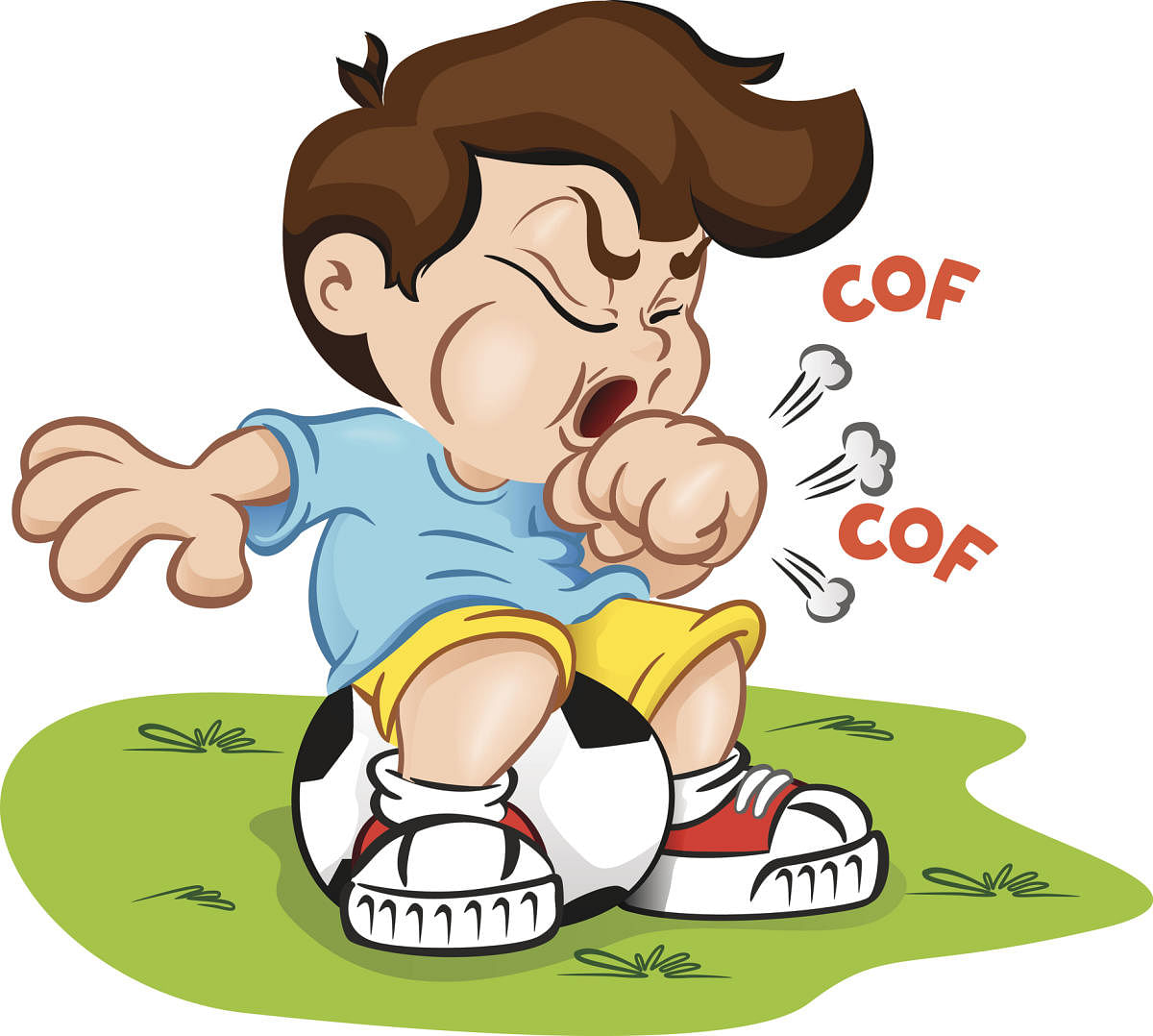
India has one of the highest tuberculosis (TB) patients globally. TB in young children, a vulnerable population, where lack of early diagnosis results in poor outcomes, is one of the leading causes for deaths in children. In children, TB can be a serious disease and can infect either their brain or other parts of the body.
How does a child get TB?
A child gets TB in basically the same way as an adult, which is by inhaling TB bacteria floating in the air as a result of being released into the air by someone with active TB. Tuberculosis bacteria spreads from person to person through microscopic droplets released into the air. This can happen when someone with the untreated, active form of tuberculosis coughs, speaks, sneezes, spits, laughs or sings. Although tuberculosis is contagious, it’s not easy to catch.
Once the TB bacteria is inhaled, it reaches the lungs and multiplies. The child’s immune response then develops within a few weeks after this primary infection. However, in some cases, the child’s immune response is not strong enough to stop the multiplication of the bacteria, and TB develops. The risk of progression to TB disease is greatest when the child is less than four years old, and to a lesser extent when they are less than 10 years old. There is also a greater risk of progression in children who have a compromised immune system, for example, because they are HIV positive. Childhood TB is always Primary TB, as it is the first time they have been infected.
Children who develop TB usually do so within two years of first being infected. A small number of older children develop TB later, either due to reactivation following a period when the TB bacteria has been dormant, or as a result of reinfection.
Some children are at a greater risk of getting TB than others and the reasons for this include:
If the child lives in the same household as a person who has been recently diagnosed with smear positive TB.
A child less than five years old.
A child with HIV infection.
A child with severe malnutrition.
Signs & symptoms
Persistent cough.
Feeling of sickness or weakness, lethargy, and/or reduced playfulness.
Weight loss or failure to thrive.
Fever and/or night sweats.
Symptoms of TB in children
As with adults, the symptoms of TB depend on the type of TB that the child has, as well as their age. The most common type of TB in children is pulmonary TB but extra pulmonary TB occurs in approximately 20-30% of all cases in children. Disseminated TB such as TB meningitis particularly occurs in young children less than three years old. In children with pulmonary TB the most common symptoms are a chronic cough that has been present for more than 21 days, a fever, and weight loss or failure to thrive.
Infants and young children are at particular risk of developing severe, disseminated and often lethal disease, which may show itself as TB.
If they contract TB, children are ‘seeded’ more or less — and this could get reactivated anytime later in their adulthood when their immunity goes down for whatever reason. In other words, if a child is diagnosed with TB — it is generally called Primary complex as TB always starts with infection in the lungs through breathing. Very rarely does TB spread through the gut — called gut TB or lymph node TB.
Treatment & prevention
Screening households where an adult is diagnosed with TB to see if children have been exposed. Parents should be educated about TB as it spreads through mouth or nose — through breathing or swallowing. Whenever there is a child diagnosed with TB, there is always a ‘source’ of infection which we need to look for. In other words, where did it come from? Unless we identify the source and treat them, TB will continue to spread to others.
In the same way as TB treatment is provided for adults, TB treatment for children involves a child taking a number of different drugs at the same time for several months. TB can be prevented in children by giving them the BCG vaccine at birth. This vaccine protects them from severe forms of TB like the brain TB and military TB. It can also be prevented in children by diagnosing and treating cases of active TB among adults. It is usually adults, particularly adults in the same household, who spread TB to children.
(The author is chairman & neonatologist, Cloudnine Group of Hospitals)